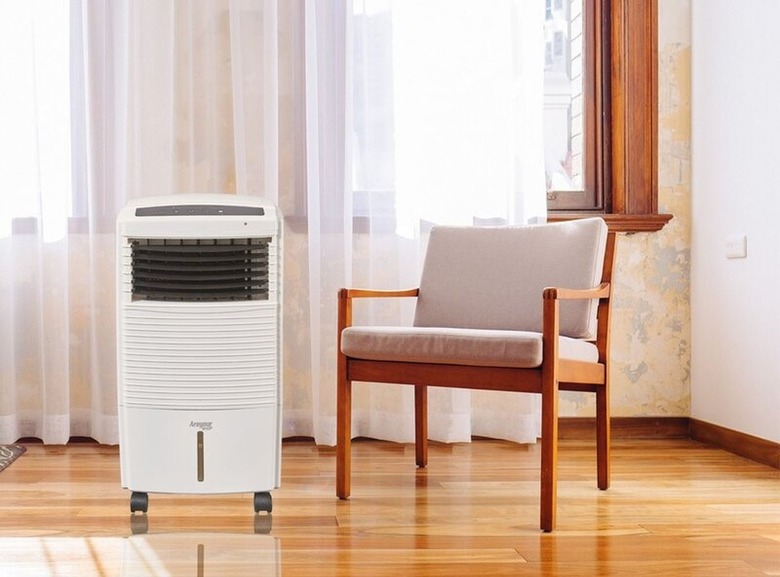How To Drain Water From A Portable AC Unit
When it's hot and air conditioning is a must, portable air conditioners can be a smart choice: Although they have disadvantages, there is no installation, they dehumidify the air, they're movable, and most are cost effective. If you purchase a partially evaporative AC, you will need to drain the water. Drainage frequency will depend on how often you use your unit and what type of drainage option you choose.
Why Drain Your AC Unit?
Why Drain Your AC Unit?
As the unit works to cool and dehumidify the room, it collects excess moisture. While most of the water does evaporate, some may remain in the unit. If an environment is extremely humid, the AC will not be able to exhaust the water as quickly as it collects the water. In this situation, water will collect in an internal water reservoir, and you must drain the water in order for the unit to work properly.
Once the reservoir is full, it will automatically shut off to prevent overflowing. Your unit will indicate when you have to drain water, often with an error message, alarm or indicator light. You must drain the water before the unit can work. There are several ways to drain an AC unit.
Drain It in a Pan
Drain It in a Pan
Before you begin, unplug the unit and disconnect all power. Place a pan directly under the drain port, located in the back of your unit. Remove the plug and allow the unit to drain. Be prepared, once you have removed the plug, water will flow freely. Once the unit has completed draining, replace the drain plug, and plug the unit back into the socket.
Drain It in a Sink or Bathtub
Drain It in a Sink or Bathtub
Once you've unplugged your unit, carefully carry it to a sink or bathtub. To avoid leaking, move slowly, keeping it level at all times. Note that your unit surface must sit on a flat surface. Once situated, remove the drain plug and allow the unit to drain. When the unit has finished draining, replace the drain plug, return the unit to its proper location, and plug it back in.
Use a Hose
Use a Hose
Not all AC units have a hose option, so check the manual before you choose this method. Drain hoses can remain attached to the unit and rely on gravity to drain water, meaning the hose must go downhill. Use a drain hose when the AC is in a location with a floor drain, such as a basement.
Before you begin, confirm that the hose fits securely, with a water-tight fit, over the drain port. You may be able to use a standard garden hose, but if it doesn't fit properly, you can purchase an appropriate hose from a hardware store. Attach your hose to the unit for continual drainage.
Use a Condensate Pump
Use a Condensate Pump
Condensate pumps also remain plugged in to the AC unit and can drain water without relying on gravity. The pump has two hoses, one connected from the pump to the AC unit and the other connected at the pump with an open end to drain the water. You can place the drainage end of the hose outside a window. A condensate pump will automatically turn on once a certain level of water has collected inside your AC unit. It will then automatically turn off once it has drained most of the water.
